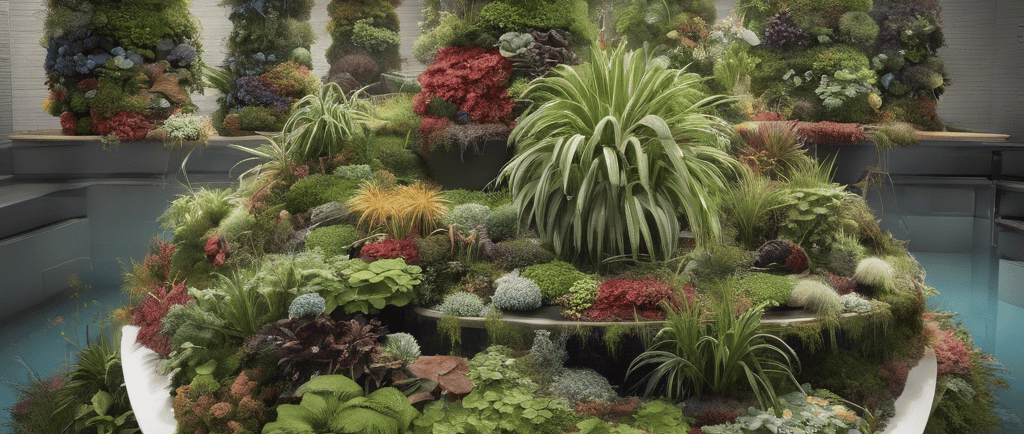Add your promotional text...
10 Tips for Successful Aquaponics
Discover how to achieve thriving aquaponics systems in your backyard. Learn essential tips and tricks for a successful aquaponics setup and maximize your yields.
1/1/20252 min read


Aquaponics combines aquaculture (raising fish) and hydroponics (soil-less plant growing) into one integrated system, where the waste produced by aquatic animals supplies nutrients for plants, which in turn purify the water. This sustainable method of farming is gaining popularity for its efficiency and environmental benefits. Here are the top 10 tips to ensure success in your aquaponics journey.
1. Start Small: When you're new to aquaponics, it's wise to begin with a small system. This allows you to understand the basics of how the system works without being overwhelmed by the complexities of a larger setup. A small, manageable system reduces risk and makes learning from mistakes less costly.
2. Choose the Right Fish: Selecting appropriate fish for your system is crucial. Tilapia and carp are popular because of their tolerance to varying water conditions and their rapid growth rate. Cold-climate dwellers might opt for trout, while ornamental fish like goldfish are suitable for those not interested in fish for consumption.
3. Maintain Water Quality: Water quality is vital in aquaponics. Regular testing and monitoring of pH, ammonia, nitrites, and nitrates help maintain a healthy environment for both fish and plants. Aim to keep the pH between 6.8 and 7.2 for optimal nutrient uptake by the plants.
4. Balance Your Ecosystem: Achieving a balance between the number of fish and the plant load is essential. Overloading the system on either side can lead to poor plant growth and unhealthy fish. Generally, more fish means more nutrient availability for the plants, but this must be carefully managed to avoid excessive waste accumulation.
5. Choose Compatible Plants: Not all plants are suited for aquaponics. Leafy greens like lettuce, kale, and herbs do well because they have low to moderate nutritional needs. Fruit-bearing plants, such as tomatoes and peppers, require more mature and balanced systems with higher nutrient levels.
6. Monitor and Manage Temperature: Both fish and plants have specific temperature requirements. While tilapia thrives in warmer water, trout needs cooler conditions. The temperature will also affect plant growth and the microbial activity crucial for nutrient cycling.
7. Use a Reliable Aeration System: Oxygen is a critical component of a successful aquaponics system. Ensure your system is equipped with a reliable aeration system to keep oxygen levels high. This supports both the health of the fish and the efficiency of the bacteria responsible for converting ammonia into nitrates.
8. Employ Effective Filtration: Solid wastes can build up and create toxic conditions for fish. Mechanical and biological filtration helps remove these solids and break down the wastes into safer compounds before they are utilized by the plants.
9. Regularly Check and Clean Components: Inspect and clean all mechanical components like pumps, pipes, and filters regularly to prevent clogs and ensure efficient operation. A well-maintained system reduces the risk of failures and promotes healthier growth.
10. Be Patient and Keep Learning: Aquaponics requires patience as the ecosystem takes time to establish. Continuous learning and adaptation based on observations and measurements will help refine your system, increase yields, and achieve better success.
Conclusion: Following these top 10 tips can significantly increase your chances of success in aquaponics. This innovative method of farming is not only sustainable but also rewarding, as it provides fresh produce and fish right from your home. With dedication and careful management, aquaponics can become a fulfilling part of your sustainable living practices.
